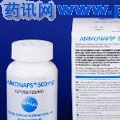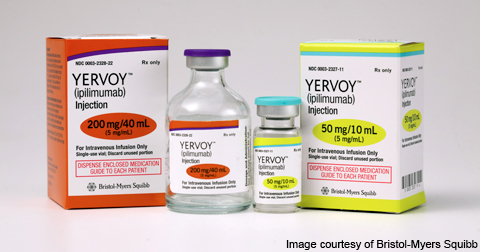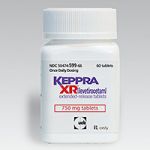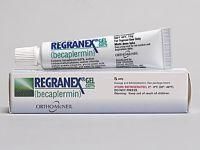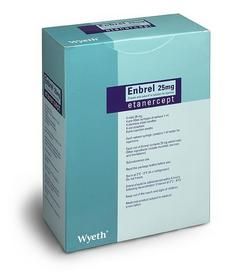|
药品名称:(包括商品名、通用名) 苯基丁酸钠 Sodium phenylbutyrate is a prodrug that is rapidly converted to phenylacetate in the body. Phenylacetate acts by combining with a naturally-occuring amino-acid called glutamine to form phenylacetylglutamine. Urea cycle disorders are caused by inborn deficiencies of certain enzymes involved in the metabolism of amino-acids. Normally, when amino-acids are broken down, ammonia is produced which is converted into urea and removed from the body by the kidneys. In urea cycle disorders, the conversion to urea cannot take place and ammonia accumulates. This can seriously disturb brain function, producing the conditionknownashyperammonaemic encephalopathy. This medicine provides an alternative method for the removal of excess amino-acids and ammonia from the bloodstream. It reduces raised blood ammonia and glutamine (an amino-acid) levels in patients with urea cycle disorders. It is used in conjunction with a controlled protein intake. What is it used for? Adjunctive therapy in the chronic management of urea cycle disorders
Blood levels of ammonia, arginine, essential amino-acids and serum proteins should be maintained within normal limits. Plasma glutamine should be maintained at levels less than 1000 micromoles/L. Sodium phenylbutyrate must be combined with dietary protein restriction and in some cases essential amino-acid supplementation.
Use with caution inClinical conditions where there is sodium retention with oedema.
Decreased kidney functionNot to be used inBreastfeeding Pregnancy
If you feel you have experienced an allergic reaction, stop using this medicine and inform your doctor or pharmacist immediately. Pregnancy and BreastfeedingCertain medicines should not be used during pregnancy or breastfeeding. However, other medicines may be safely used in pregnancy or breastfeeding providing the benefits to the mother outweigh the risks to the unborn baby. Always inform your doctor if you are pregnant or planning a pregnancy, before using any medicine.
This medicine should not be used by breastfeeding mothers.
Medicines and their possible side effects can affect individual people in different ways. The following are some of the side effects that are known to be associated with this medicine. Because a side effect is stated here, it does not mean that all people using this medicine will experience that or any side effect.
Depression Blood disorders Skin rashes Weight gain Abnormal heart beats (arrhythmias) Inflammation of the pancreas (pancreatitis) High blood uric acid level (hyperuricaemia) which can cause kidney problems and goutAlteration in results of liver function tests Ulceration of the stomach or intestine Low blood potassium level (hypokalaemia) Decreased appetite Irregular menstrual periods Partial or total failure of blood cell development (aplastic anaemia) Alteration in tasteHigh blood phosphate content (hyperphosphateaemia) Low blood phosphate level (hypophosphataemia) Excessive fluid retention in the body tissues, resulting in swelling (oedema) High blood sodium level (hypernatraemia) Body odourStopping or absence of menstrual periods (amenorrhoea) Alkaline body fluids and tissues (alkalosis) Bleeding of the backpassage (rectum) Unpleasant tasteHigh levels of chloride in the blood resulting in high acid levels (hyperchloraemic acidosis) Fainting (syncope) Increased acid levels in the blood (metabolic acidosis) Small purplish blood spots in the skin (ecchymoses) Low plasma albumin levels The side effects listed above may not include all of the side effects reported by the drug's manufacturer. For more information about any other possible risks associated with this medicine, please read the information provided with the medicine or consult your doctor or pharmacist. How can this medicine affect other medicines? When taken together with probenecid the removal of phenylacetylglutamine may be reduced. Haloperidol and valproate induce hyperammonaemia. Corticosteroids may cause the breakdown of body protein and therefore increase blood ammonia levels. |
苯基丁酸钠(Ammonaps)
责任编辑:admin |
最新图片
推荐图片更多
热点图片更多 |


